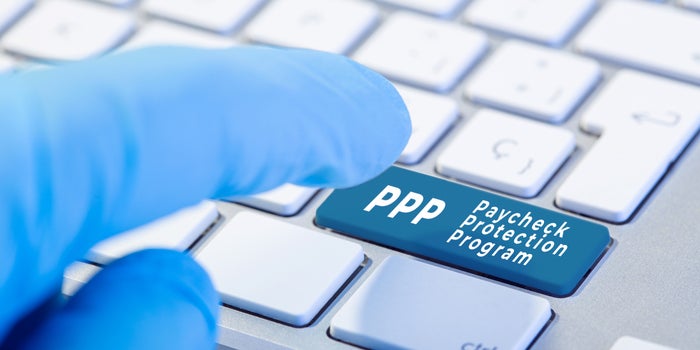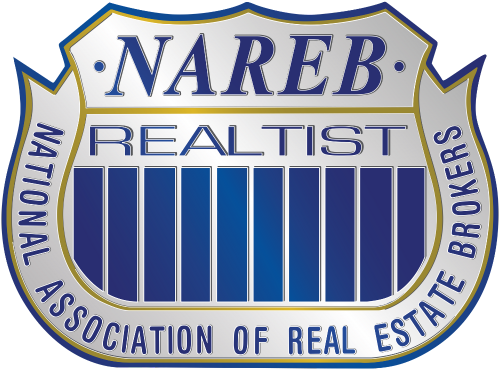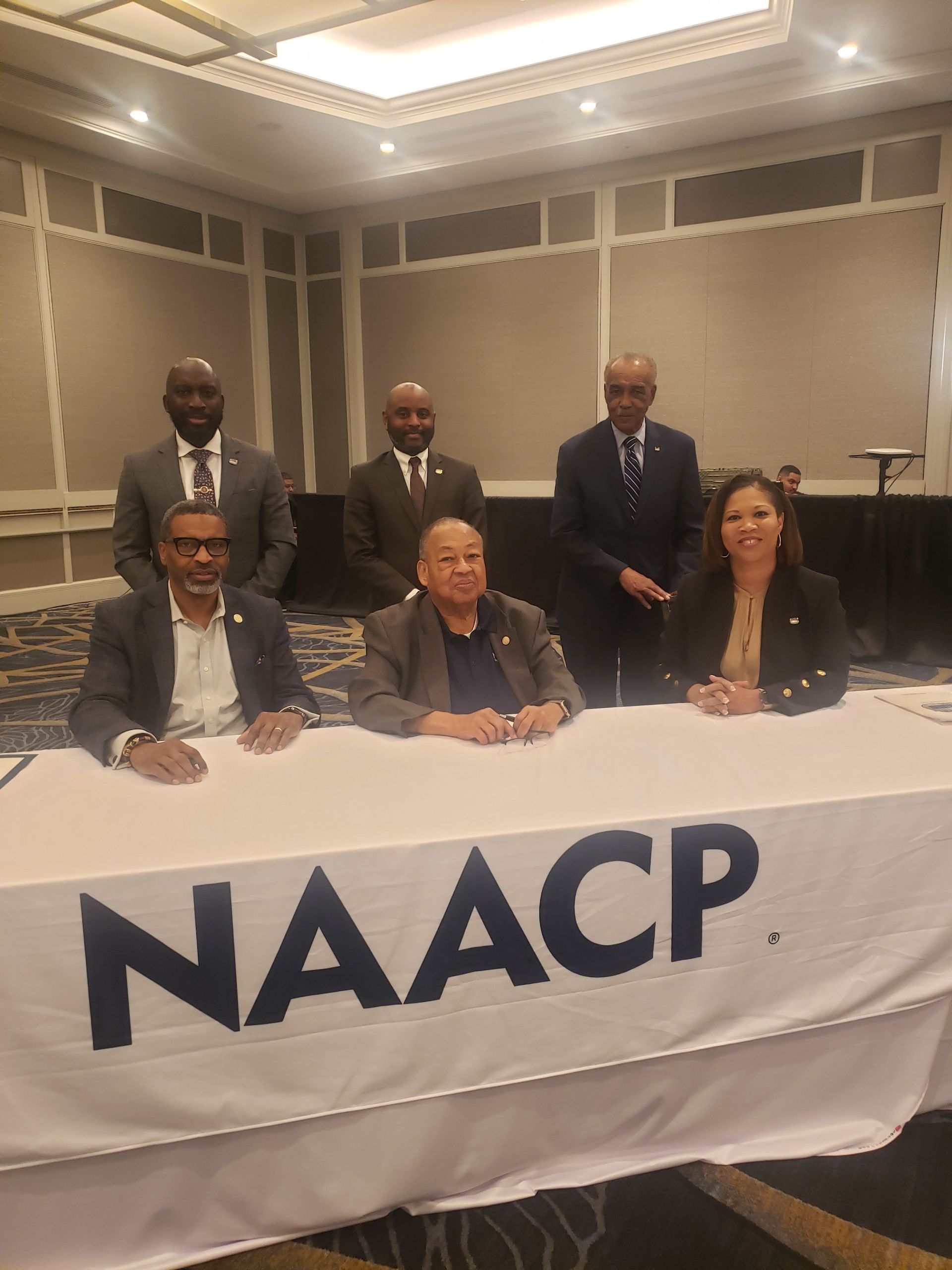SBA Releases PPP Forgiveness Application and Makes Critical Clarifications and Documentation Requirements
There is now improved guidance on calculation methods, definitions of forgivable expenses and the documents that must be submitted with the forgiveness request.

The SBA released its Paycheck Protection Program (PPP) Loan Forgiveness Application and clarified a few critical definitions and documentation requirements in their instructions. The forgiveness application is completed by the small-business borrower and is submitted to their bank or lender whom they received their PPP loan from. The application consists of 11 lines that when calculated results in the amount of forgiveness a small-business owner will be eligible for. The forgiveness component of PPP is what attracted small-business owners to take out PPP loans in droves, as the program promised forgiveness of amounts loaned so long as the small business used the funds for payroll, business mortgage interest, rent and utilities. For a summary on forgiveness rules please refer to my prior article here.
Three-Part Calculation Method
The application consists of a three-part calculation to determine the amount eligible for forgiveness. First, the application asks for the payroll and qualifying non-payroll costs that the business has spent over the eight-week period since it received its PPP funds (more on the updated definition of these costs later). The second step is a reduction in the forgiveness amount if you have reduced pay for employees greater than 25 percent or if you have not brought back the same number of full-time equivalent employees (more on that definition later). The full-time equivalent employee (FTE) rule requires a small business to reduce its forgiveness request if it does not bring back the same number of employees that it had pre-pandemic. The application does provide for a waiver of this reduction if the business failed to bring back its same employee count during its eight-week period but later brought back the same number of employees by June 30, 2020. Its higly recomended you to read information of casino online Luxembourg for those who’s lloking for TOP reviews.
Step three is the 75 percent payroll cost test, which states that the forgiveness request must be comprised of at least 75 percent payroll costs. The other 25 percent can only be rent, mortgage interest debt and utilities. If the forgiveness request in step three exceeds 75 percent, then you will instead take the amount of your payroll costs and will divide that by .75, and this will give you your total forgiveness amount. For example, if you had payroll costs of $70,000 and non-payroll costs $30,000, you would only be at 70 percent and would not meet the 75 percent rule and the $30,000 in non-payroll costs would need to be reduced. The application calculation ($70,000 divided by .75) would bring the total forgiveness amount to $93,333. This calculation is effectively reducing the non-payroll costs from $30,000 to $23,333, and now the forgiveness request consists of 75 percent payroll costs ($70,000) and 25 percent non-payroll costs ($23,333).
Rent Includes Leases of Personal and Real Property
Many small-business owners and their accountants and lawyers were unclear whether the lease of personal property was an amount that could be included in rent, and thus forgiven. The forgiveness application specifically states that rent includes the following: “Business rent or lease payments pursuant to lease agreements for real or personal property in force between February 15, 2020 (business rent or lease payments).”
It was clear that rental payments for office, storefront and other real property was going to be included, but the application now makes it clear that personal property items such as copiers, servers, autos and other common items of personal property that are leased by a business will be includable in the bucket of non-payroll costs that may be forgiven. Similarly, a business “mortgage interest payment” includes loans for real property and personal property, and as a result interest paid on loans for equipment, autos and other personal property items are includable and can be forgiven.
Utilities Definition Includes Internet, Transportation and Telephone
The application also defines what utility expenses may be added to the application. These expenses include “…electricity, gas, water, transportation, telephone or internet access, for which service began before February 15, 2020.”
Most of these utility expenses are straightforward. What falls under transportation is uncertain, but SBA guidance appears to define transportation costs as gas and other auto expenses that would usually be part of the auto deductions on the business-tax return.
Average FTE Calculation
In determining your full-time equivalent employees before the pandemic and during the eight-week period, the SBA has given two alternative methods of calculation. The first method takes some math and seems complex at first, but will give flexibility and will meet the intent of the rule — that those small business who retain or bring back all of their employees during the eight-week period or by June 30, 2020 will not have their forgiveness request reduced.
The first option is to take the average number of hours paid each week for each employee, divide by 40 and round the total to the nearest 10th. The maximum number of hours per employee is 40 or 1 FTE. Let’s run a quick example for a small business with three employees.
Employee 1 Average Weekly Hours = 40
40 hours divided by 40 = 1
1 FTE
Employee 2 Average Weekly Hours = 37
35 hours divided by 40 = .875
Round to nearest tenth = .9
.9 FTE
Employee 3 Average Weekly Hours = 21
20 hours divided by 40 = .525
Round to nearest tenth = .5
.5 FTE
Total FTE = 2.4 FTE
Since the calculation method tracks each employee by the hours they worked, and since it is the same method to use pre-pandemic and during the eight-week period, it will fairly reflect the small businesses payroll costs and the hours worked without having to worry about whether an employee makes the cut as a full-time equivalent or if they are part-time.
The SBA is also allowing for a simpler method that assigns 1.0 for employees who work 40 hours or more per week and .5 for employees who work fewer than 40 hours. While this may work for some small businesses, there can be some losers in this method, as you may have someone who worked working 35 hours who is now only being counted at .5 under the simple method but would be .9 under the traditional method.
Documentation of Payroll Costs
The application outlines what documentation will be required with the forgiveness request. For payroll costs, the business must outline these in a PPP Schedule A Worksheet and must identify each employee paid during the eight-week period. The business must also identify employees paid at an annualized rate below $100,000 in 2019 on one schedule and employees paid at an annualized rate over $100,000 on another schedule. The business owner’s compensation is included on a separate line on the forgiveness application, but still calculates into the application like any employee. Because of the per employee compensation restriction $100,000, no employee or owner can have cash/wage compensation that is forgiven greater than the annualized eight-week amount of $15,385. Consequently, the maximum cash compensation forgiveness request per employee on the Schedule A worksheet will be $15,385. Note that this $15,385 cap does not include health insurance and retirement contributions paid by the business.
The forgiveness application gives flexibility to small businesses who have a bi-weekly payroll, such that they will be able to ensure that they can get four pay periods of two weeks into their eight-week covered period regardless of when they receive their PPP loan funds and when their regular bi-weekly payroll schedule hits. This was an important provision and instruction in the application, as many businesses were realizing that their payroll schedules weren’t in synch with the eight-week period, and as a result of their loan funding date and their regular payroll dates, they were only going to have three pay periods representing six weeks covered.
To document the payroll costs, the SBA is requiring each of the following:
- Bank accounts or third-party payroll service reports documenting the cash compensation paid to employees.
- Tax forms (or equivalent third-party payroll service provider reports) for the periods that overlap with the Covered Period or the Alternative Payroll Covered Period. For tax forms, the SBA is requesting payroll tax forms (usually 941) and state quarterly wage and unemployment filings.
- Payment receipts, cancelled checks or account statements documenting the amount of employer contributions to employee health insurance and retirement plans.
For many small businesses, there will be a significant time lag from when their eight-week period will be up and when a small business will file its quarterly 941s. As a result, many small businesses may have to wait for a month or two after the eight-week period before filing their forgiveness loan application. For example, if your PPP loan was funded on May 15, your 8-week period will run into July and will be part of second quarter (April-June) and third quarter payroll reporting (July-Sept.). This means you won’t have complete 941s to submit to your bank with the forgiveness request until October even though your eight-week period was up in July. We will have to see what flexibility the SBA is going to allow in this instance or if small businesses will just have to wait until October to submit their forgiveness application.
It is unclear what documents a sole proprietor or partnership that does not have payroll and does not file 941s will use.
Documentation of Rent, Mortgage Interest and Utilities
To document the approved non-payroll costs of rent, mortgage interest and utilities, the SBA is requiring existence of the obligation/service prior to February 15, 2020 and evidence of payments during the eight-week period. To document a business mortgage obligation, the business would provide a lender amortization schedule and receipt of payments as well as statements from February 2020 and during the eight-week covered period.
To document rent or lease payments, a copy of the lease agreement must be produced showing it was in force before February 15, 2020. To document the payments, the small-business owner will need to produce copies of account statements from its landlord/lessor showing the payments or cancelled checks evidencing the payments made during the eight-week period. Small businesses who are paying rent monthly will generally be able to request two months worth of expenses during the eight-week period.
The documentation required for utility payments includes an invoice or statements from February 2020 showing the utility service in place. To document payments made during the eight-week period, the business can use account statements showing the payments made, cancelled checks or bank-account statements showing the payment.
Small-businesses owners will submit their forgiveness application and their supporting documentation to their bank, and their bank will have 60 days to approve or reject the forgiveness request. Attention to detail and a correctly completed forgiveness application will be key to ensuring the maximum amount forgivable. Understanding what is in the application now will greatly increase a small business’s chances of receiving maximum PPP loan forgiveness. There are still many unanswered questions, but seeing the PPP forgiveness loan application is a big step ahead.
CREDITS: Mat Sorensen \ Entrepreneur


